Have you ever noticed termites becoming more active when temperatures rise? It’s not your imagination; warm weather plays a major role in their behavior and growth. Termites rely on heat and moisture to survive, and as temperatures increase, their colonies can expand faster, causing greater damage to wooden structures.
But how exactly does heat affect termite activity? Do termites thrive in heat, or can extreme temperatures kill them? Let’s examine how temperature influences termite behavior, their survival limits, and what homeowners can do to protect their homes during the hotter months.

How Heat Influences Different Termite Species
Not all termites react to heat the same way. Each type has its preferred living conditions and survival limits.
- Subterranean Termites: These are the most common type found in California and many other regions. They build their colonies underground and depend heavily on moisture. Warm soil helps them remain active year-round, but they avoid dry, exposed areas during hot days.
- Drywood Termites: These termites live inside dry wood and thrive in hot, dry conditions typical of coastal and desert areas. Warm weather encourages swarming, spreading colonies, and increasing the risk of infestation.
- Dampwood Termites: These termites prefer decaying or damp wood and thrive in mild, moist environments. Excessive heat and dryness can kill them off, so they’re less active during extremely hot periods.
Hot, humid, or dry — see how changing weather sparks termite activity and what you can do to protect your home.
Why Heat Promotes Termite Growth
- Faster Reproduction: Heat accelerates the reproductive cycle of termites. The warmer it gets (within limits), the quicker they breed and expand their colonies. A single queen can lay thousands of eggs in a short period, leading to rapid infestation growth.
Learn what a queen termite looks like and how to stop her colony from growing fast.
- Increased Feeding Rates: Termites eat more when it’s warm. Their digestive systems work faster, which means they can process more cellulose, the main component of wood, every day. This leads to faster structural damage to homes and buildings.
- Ideal Conditions for Swarming: Termite swarming typically occurs during warm, humid weather, especially after rain. Swarmers (winged termites) leave their colonies to start new ones. If you notice flying termites around your property during a hot season, it’s often a sign that colonies are nearby.
- Extended Active Periods: In consistently warm climates like Southern California, termites remain active almost all year long. They don’t go dormant as they might in colder areas, giving them more time to feed and expand.
Curious about termite activity? Find out when these silent wood eaters are most active and how to protect your home.

When Heat Becomes Too Much
While termites love warmth, extreme heat can harm them. When surface temperatures exceed 110°F, the environment becomes too hot for termites to survive for long. Direct sunlight, dry air, and a lack of moisture can dehydrate and kill them. (1)
That’s why termites prefer to stay hidden inside soil, wood, or shaded structures. These areas provide the warmth they need but protect them from direct exposure to extreme heat. Subterranean termites, for example, build tunnels below ground to maintain a stable, humid temperature even during the hottest months.
Protect your home with the right wood - learn which types resist termite damage the best.
Does Heat Kill Termites?
Interestingly, heat isn’t always a problem; it can also be part of the solution. Professional termite heat treatments use controlled temperatures to eliminate termites without chemicals.
During a heat treatment, specialists raise the temperature in the affected area to around 120°F–140°F. (2) This heat level is high enough to kill termites at all life stages, including eggs, but safe for most structures when done properly.
However, such treatments should always be carried out by licensed professionals, as improper heating can damage materials or fail to reach deep enough into infested wood.
At K Termite, we suggest not using heat treatments. As there are potential complications with painting, electrical wiring, and other areas of your home.
Preventing Termite Infestations During Hot Months
Termites might thrive in heat, but there are several ways to make your property less inviting to them:
- Fix moisture problems – Repair leaky pipes, gutters, and outdoor spigots to reduce damp conditions around your home.
- Remove wood-to-soil contact – Avoid direct contact between wooden structures and soil by using concrete bases or metal barriers.
- Keep firewood away from your home – Store logs or lumber at least 20 feet from your house and off the ground.
- Ensure proper ventilation – Good airflow in crawl spaces and attics helps keep humidity low.
- Inspect regularly – Professional inspections can identify hidden termite activity early, preventing serious damage from occurring.
Preventive action during the hot months can significantly reduce the risk of infestation and long-term damage.

Keep Your Home Safe from Termites This Summer with K Termite
Warm weather can trigger termite colonies to expand and damage wood, but K Termite is here to protect your home. Our licensed experts utilize proven inspection methods and effective treatments to eliminate termites at their source.
We provide multiple treatment options, including:
- Localized applications for small infestations
- Full-structure solutions for widespread issues
- Preventive soil treatments to block termites before they reach your home
Each service is handled with precision and care. Our FREE termite inspections help homeowners identify risks early, and we back our work with strong warranties and a termite protection policy for year-round coverage.
Don’t wait for visible damage. Contact K Termite today to schedule your free inspection and protect your home from heat-driven termite activity.
Key Takeaway
Termites thrive in heat, but with the right prevention and professional care, they don’t have to thrive in your home. Warm weather increases termite activity, reproduction, and feeding, making regular inspections and timely treatments essential.
If you live in an area with consistently warm temperatures, staying proactive is your best defense. Partnering with a reliable termite control company like K Termite ensures your home remains safe, strong, and termite-free all year long.
A proactive approach today can save your home from costly damage tomorrow.
References:
1. https://www.sciencedirect.com/science/article/abs/pii/S0306456522000134

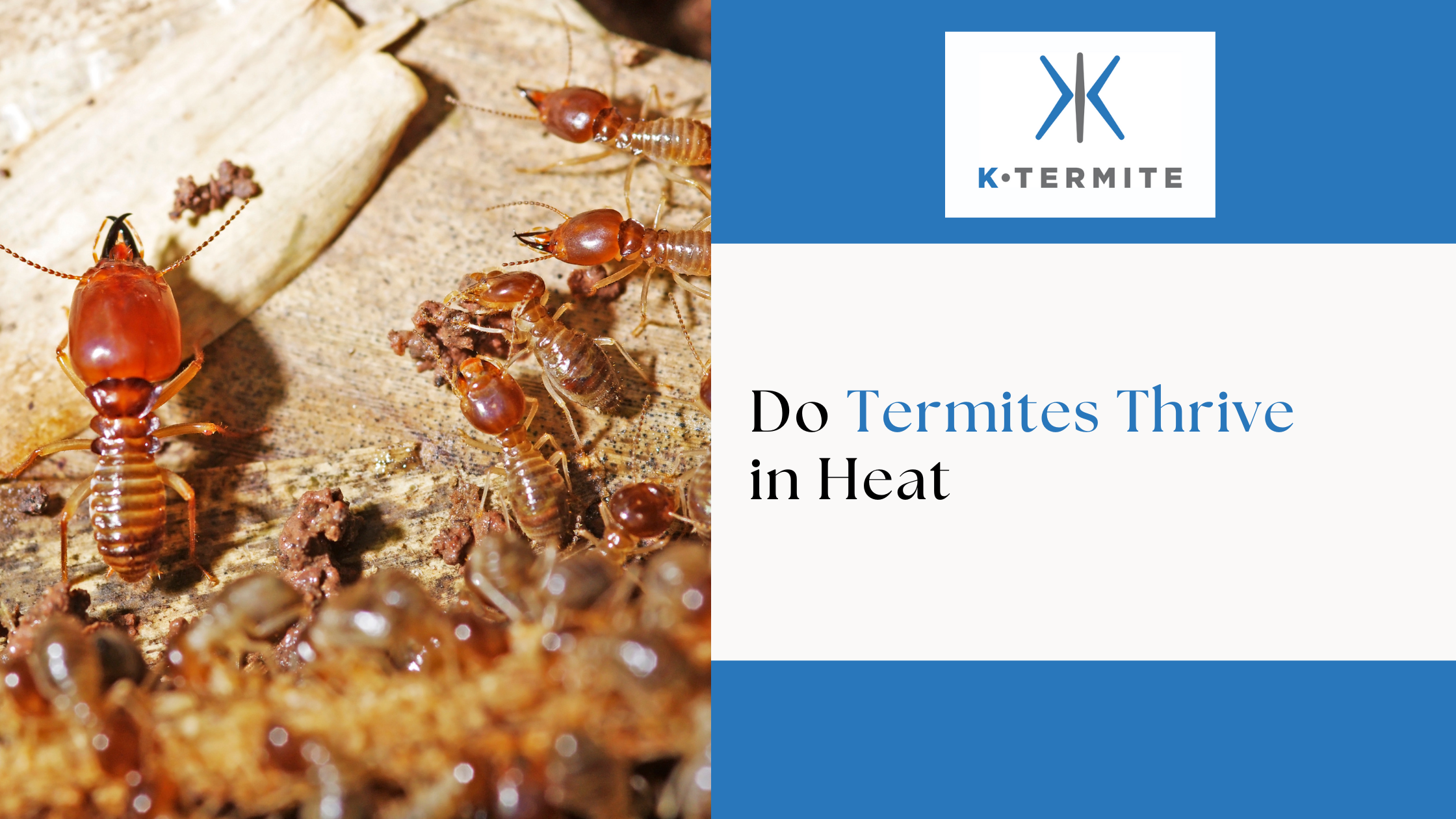

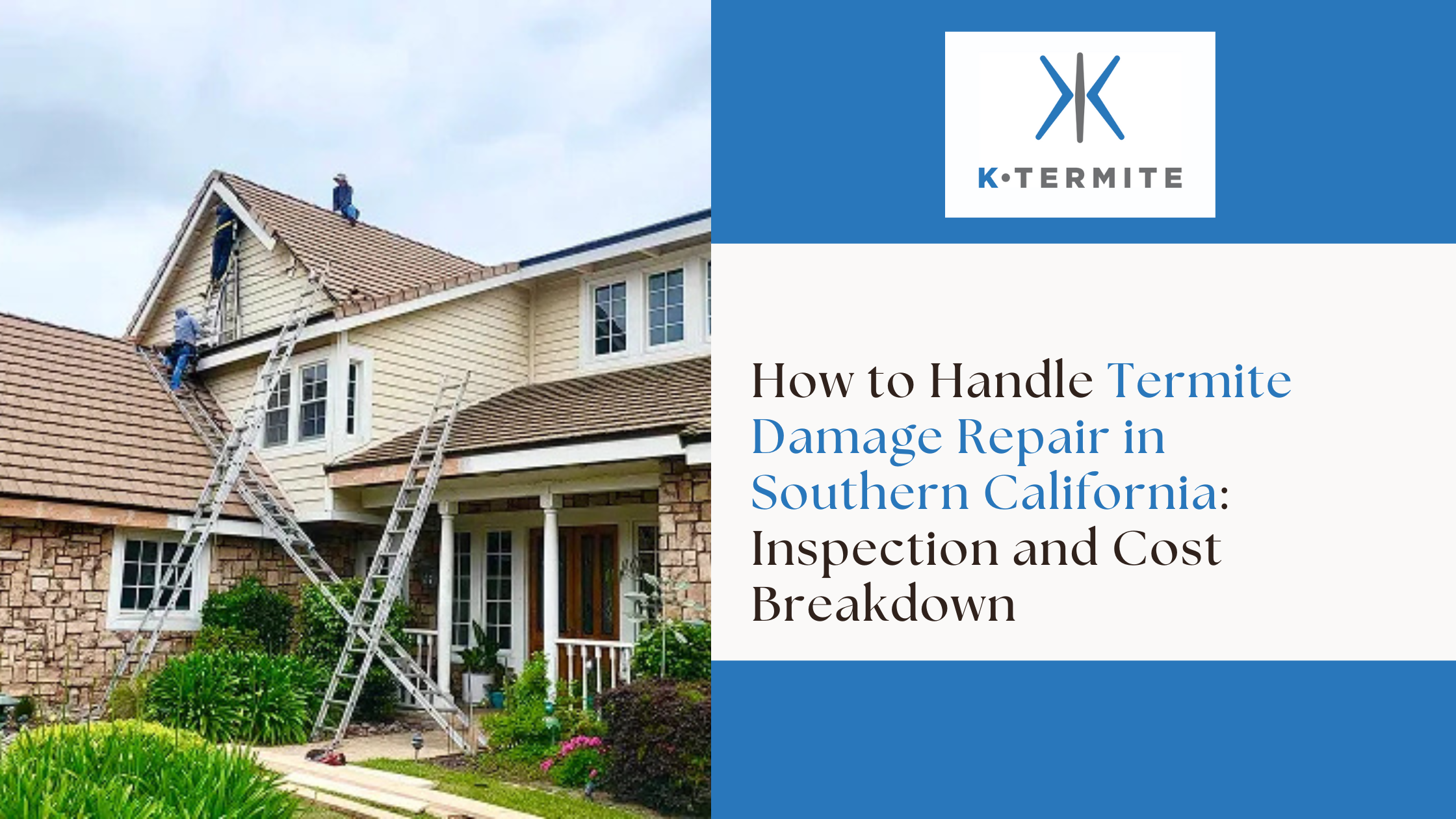


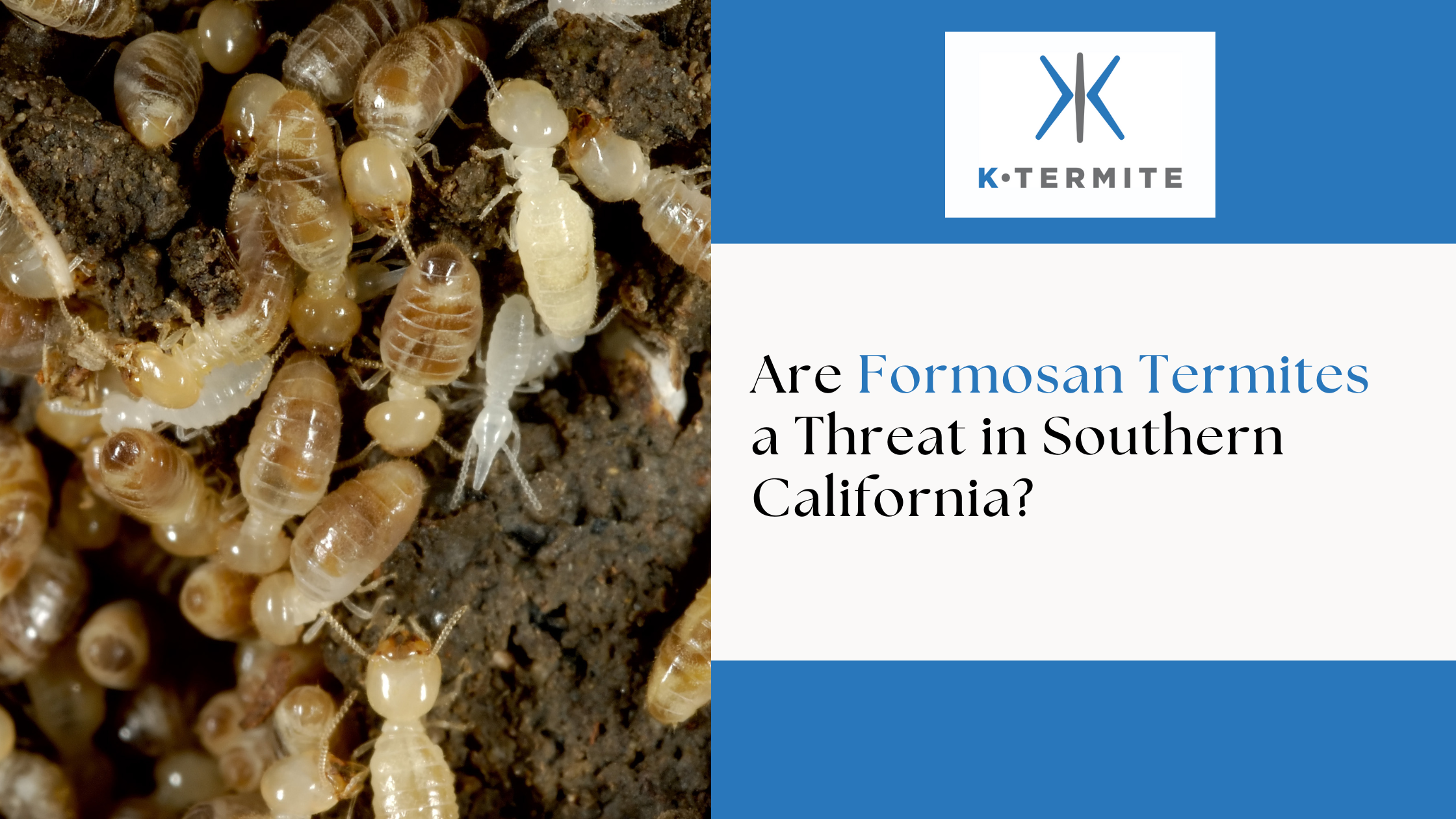
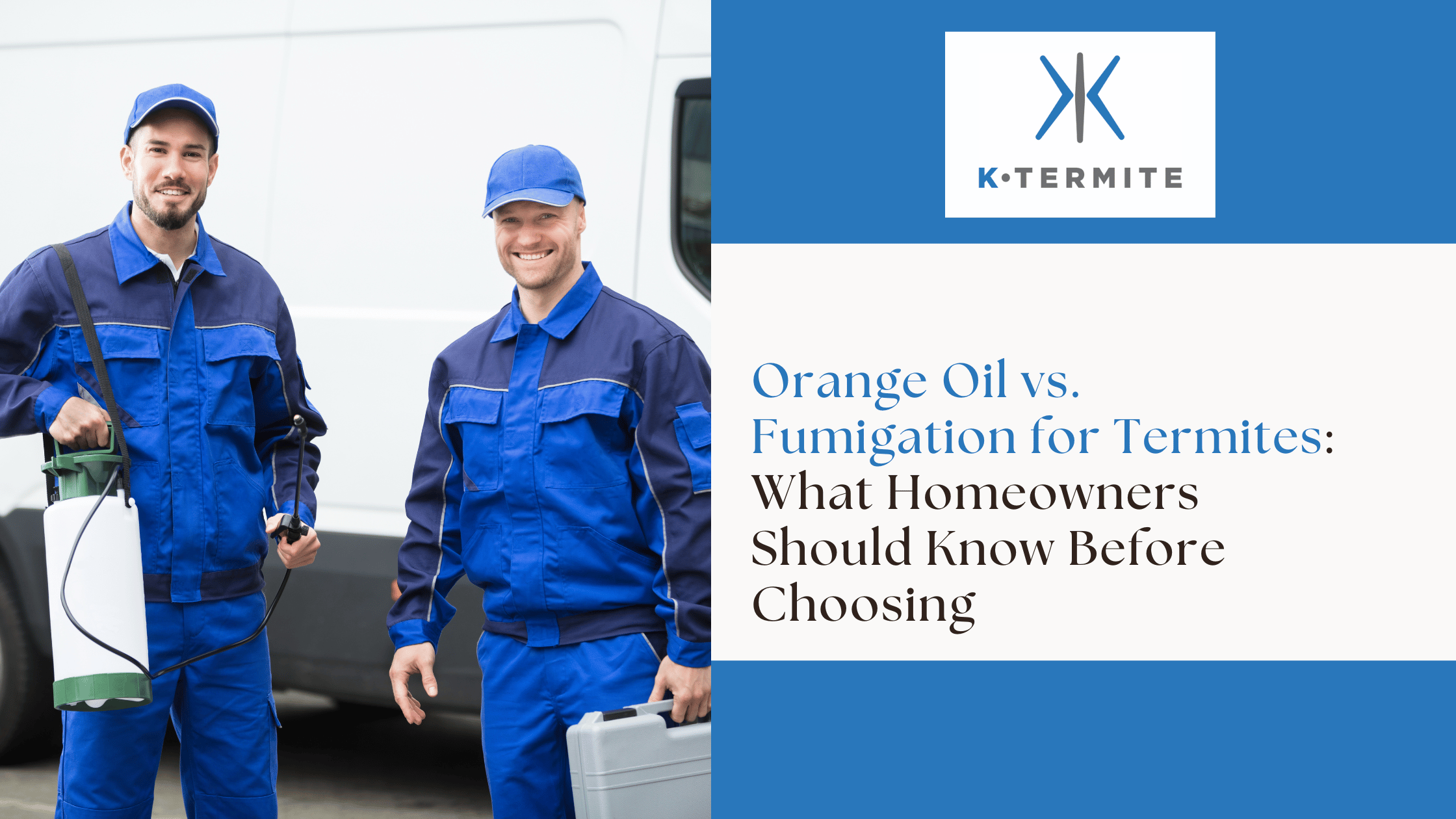
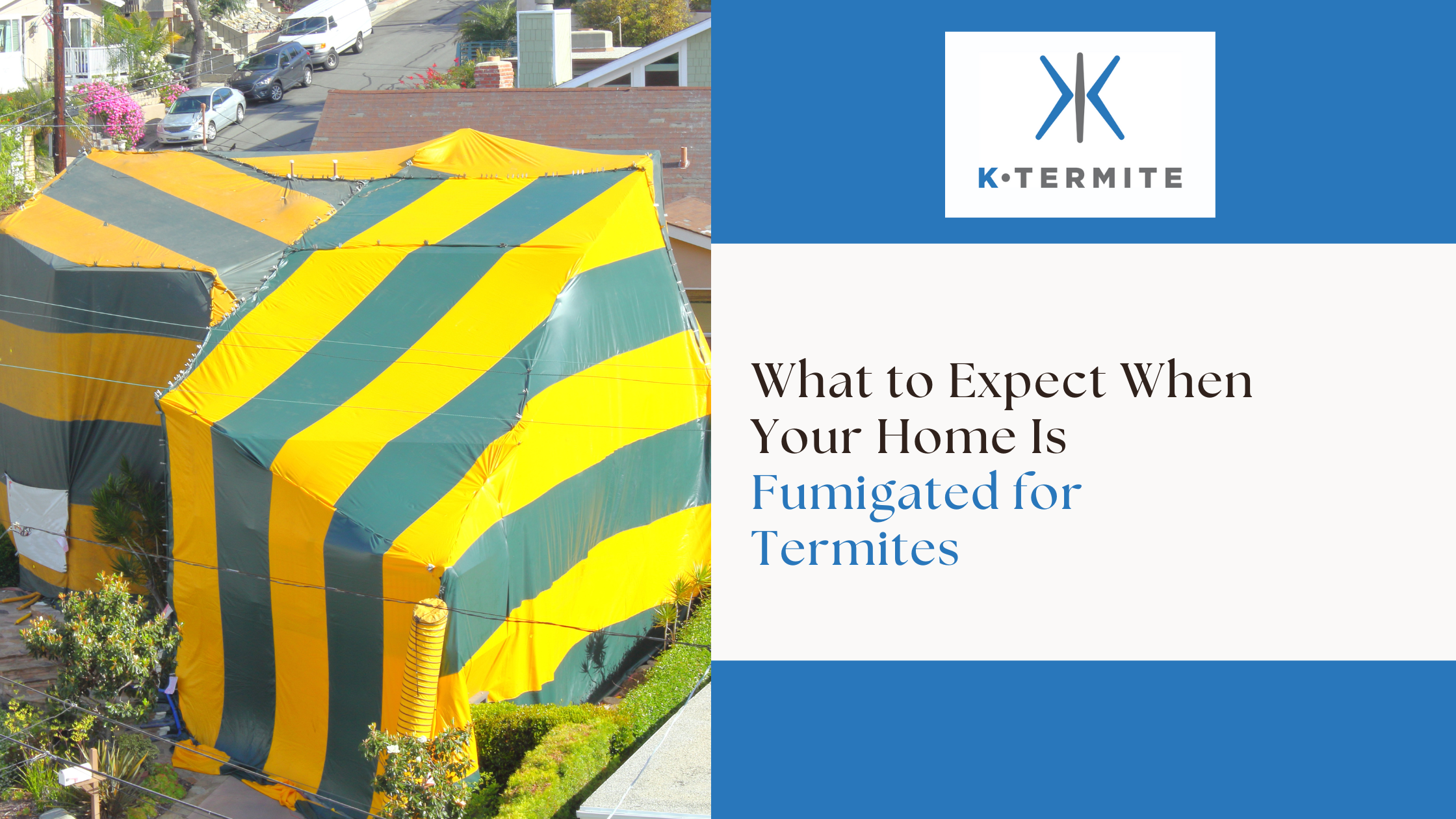


.png)
.png)
.png)
.png)
.png)
.png)
.png)
.png)
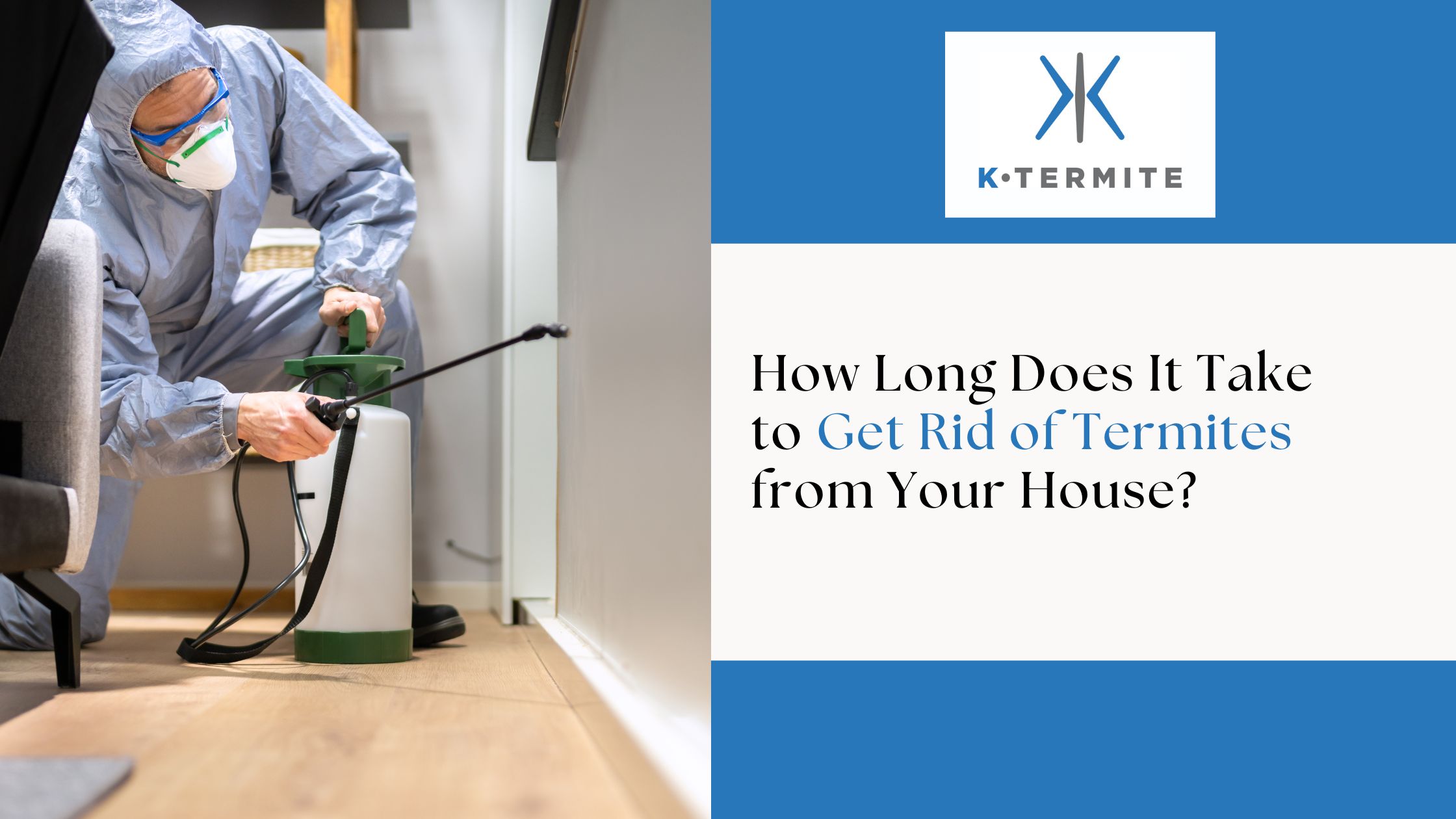

.png)
.png)


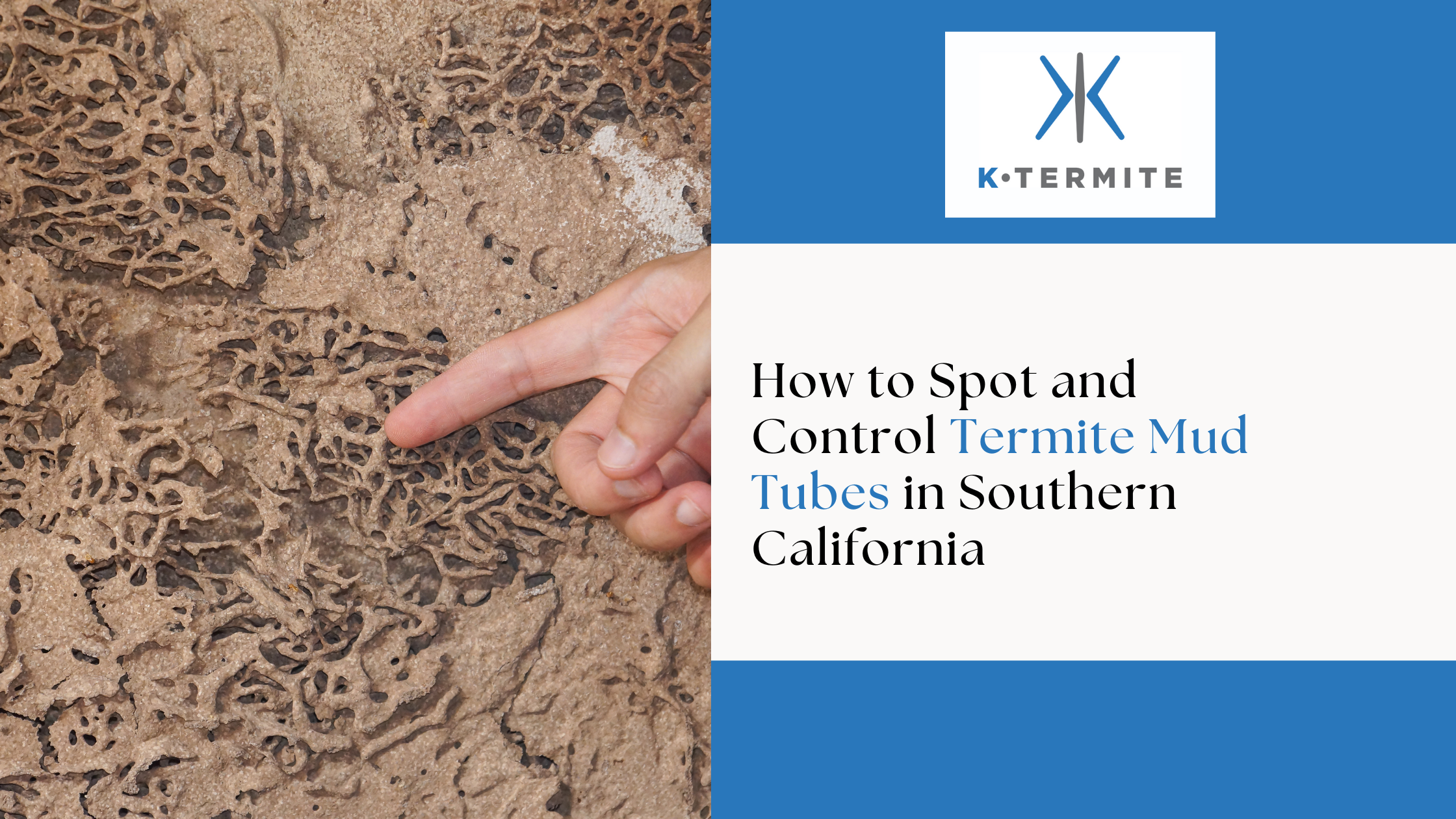


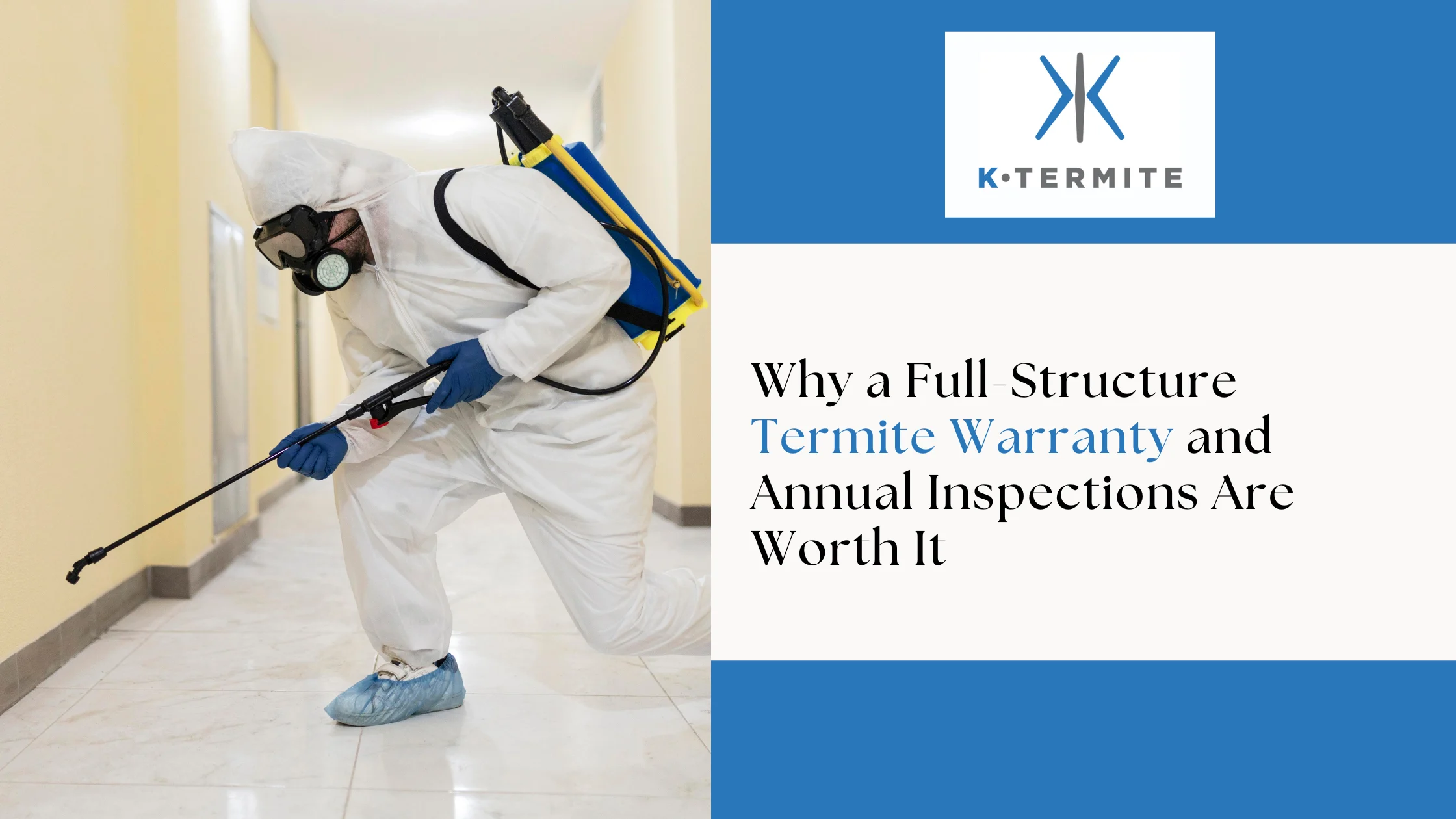
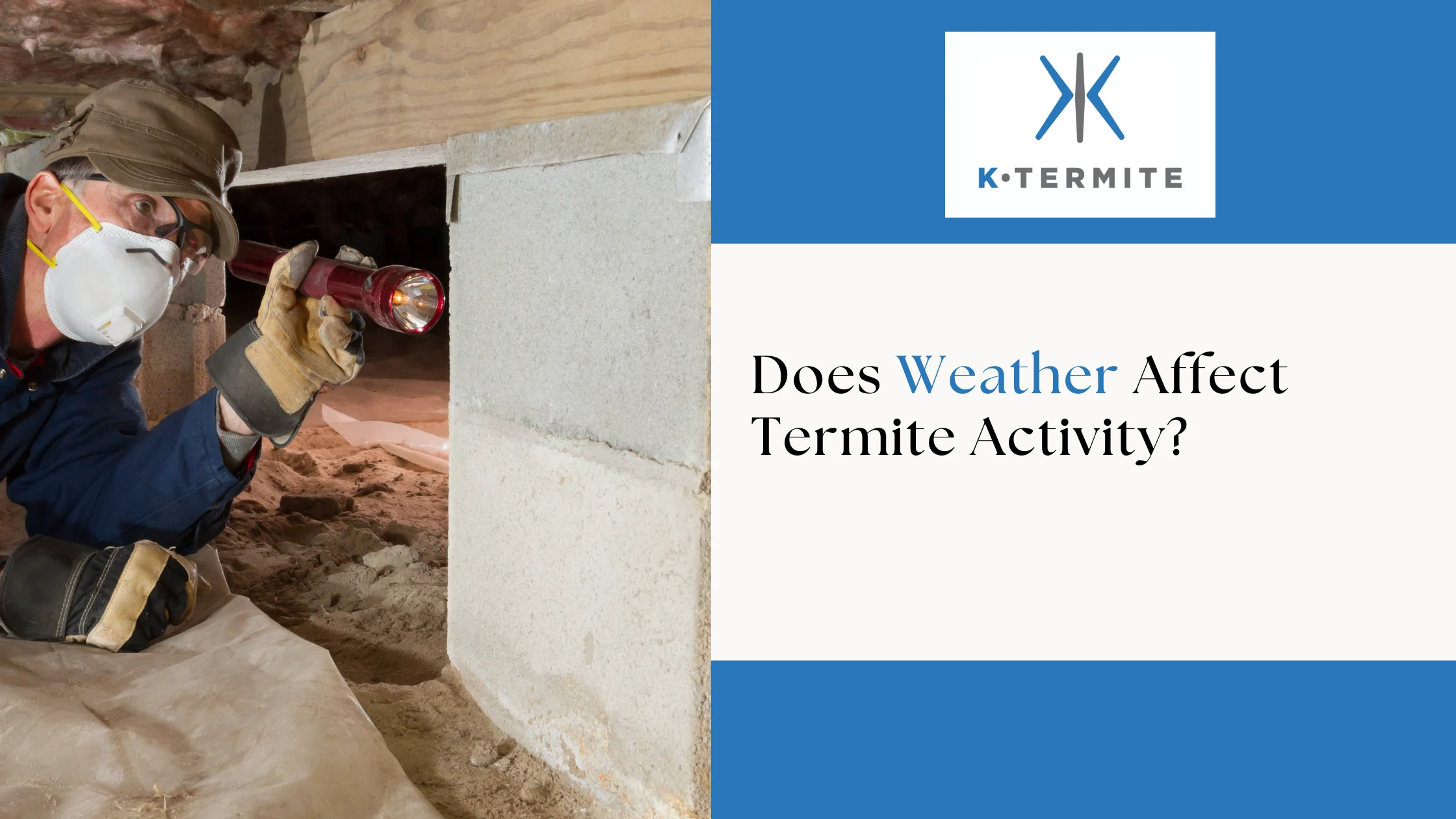
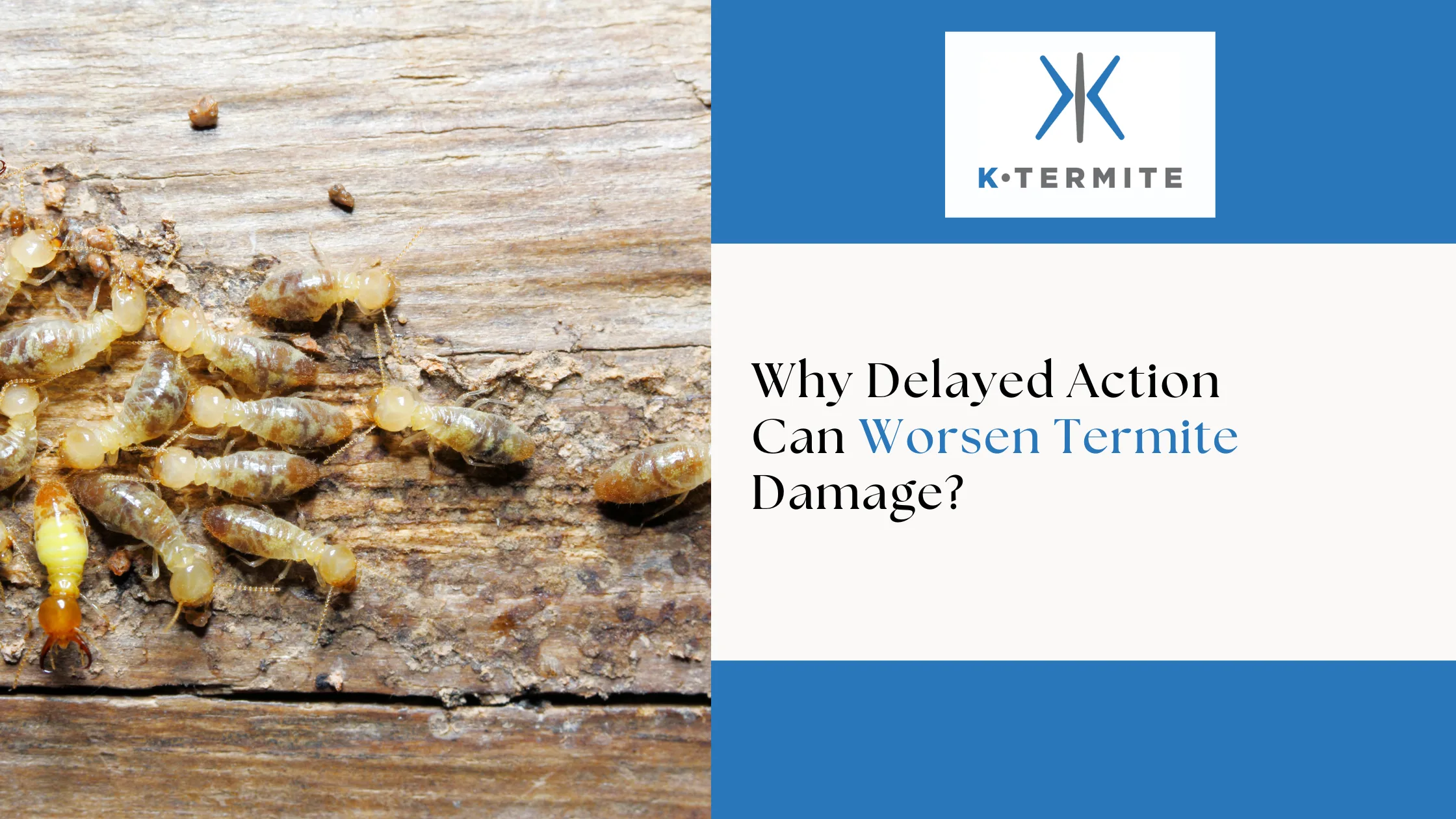



.png)
.png)
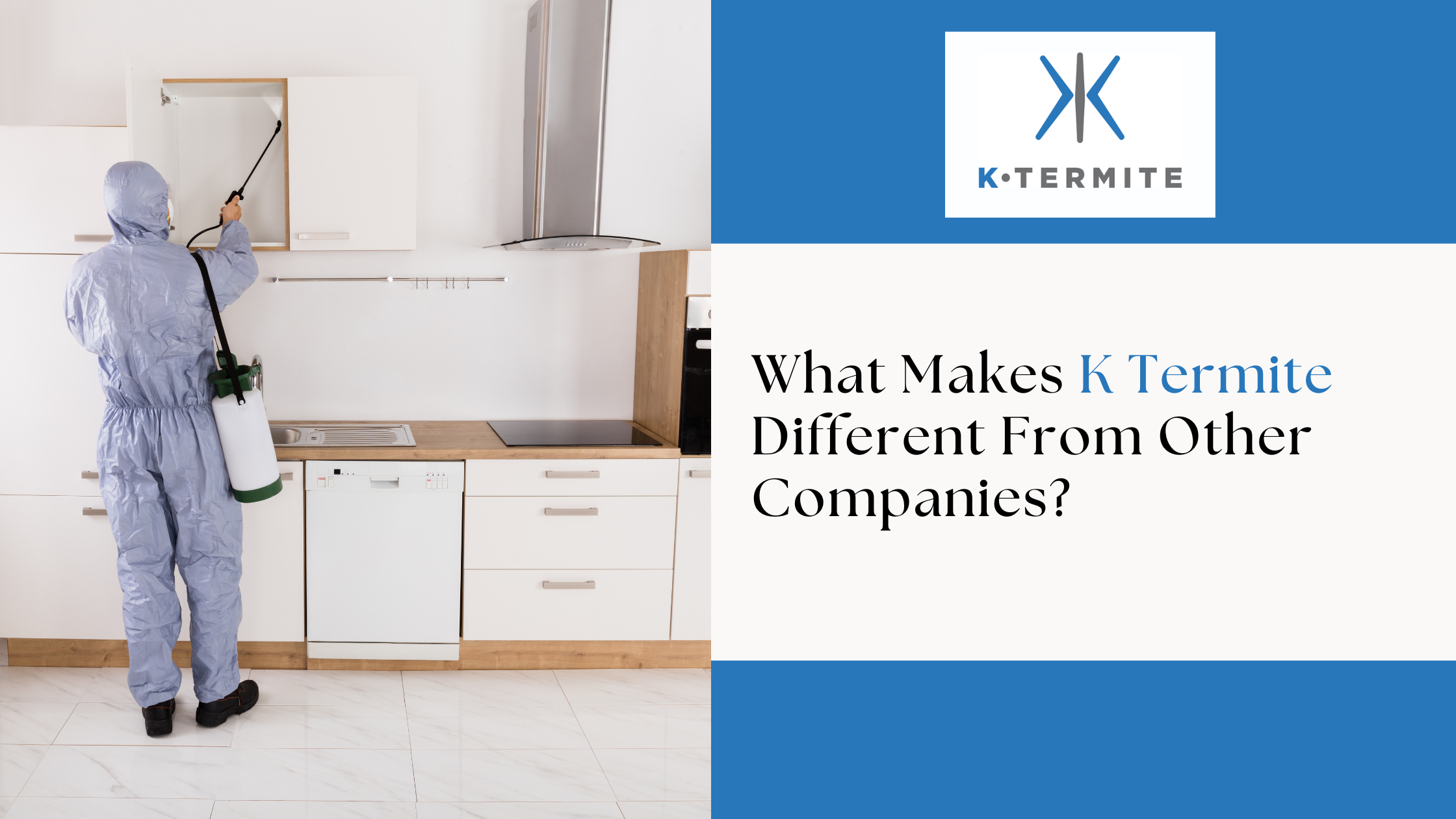
.png)
.jpg)
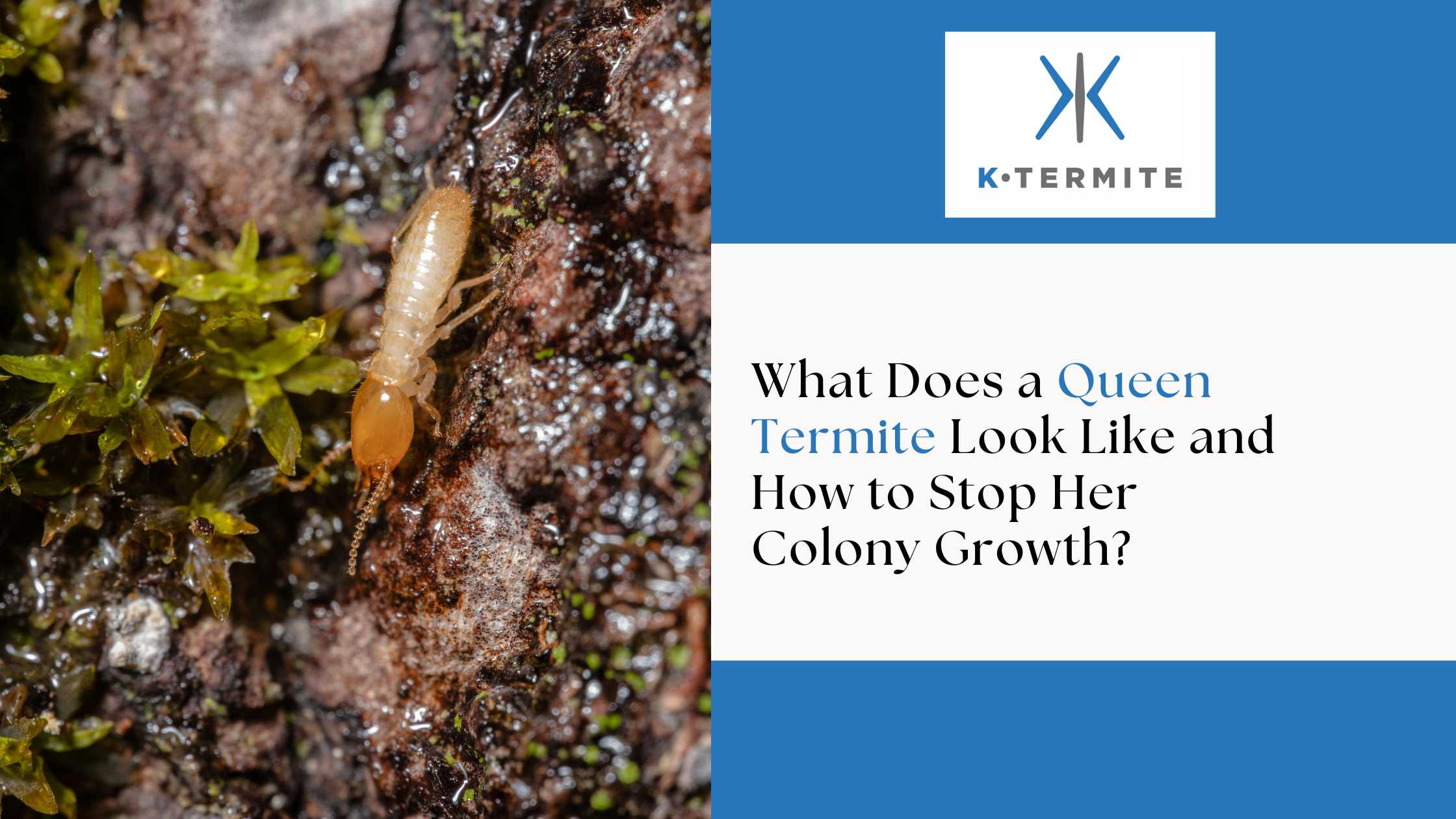

.webp)
.webp)


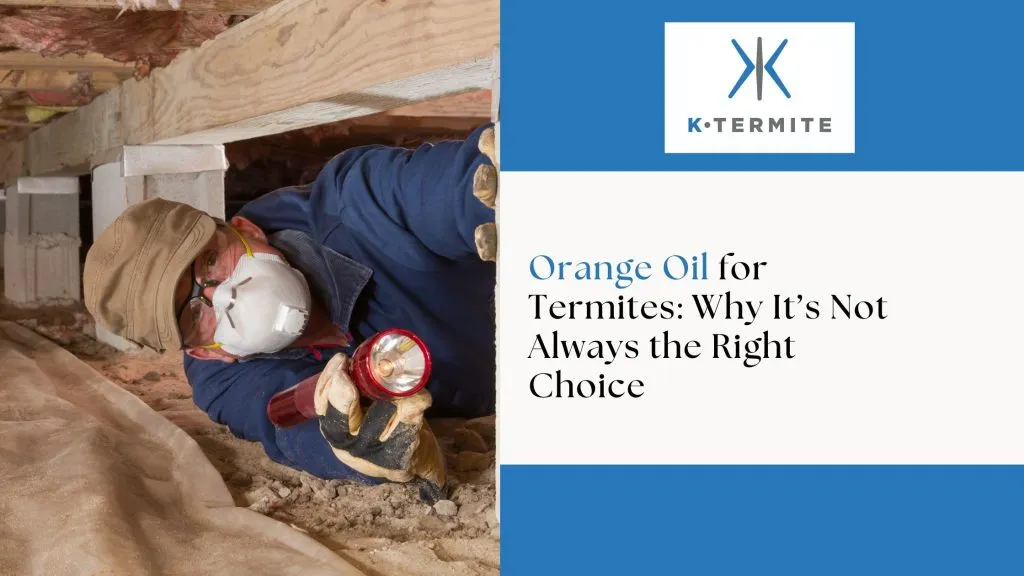
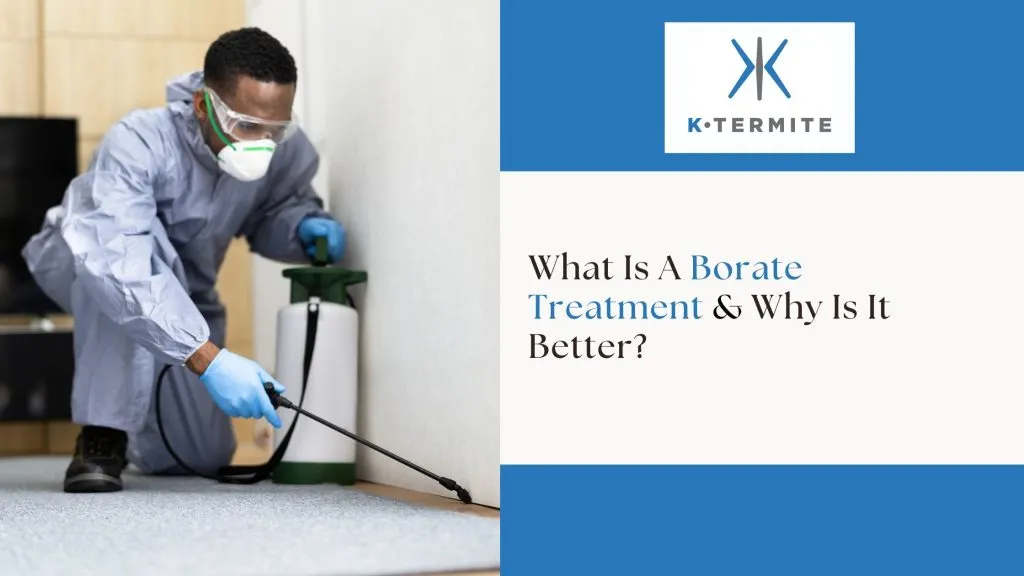
.webp)


.svg)

